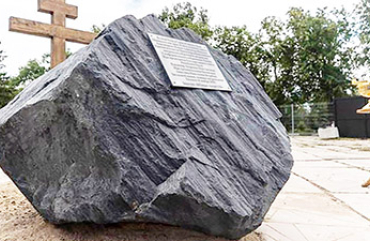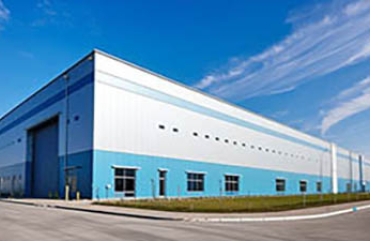Pipe bronze BrAZHN 10-4-4
- NON-FERROUS METALS
- General information
- About us
- Rolled BRONZE
- Rolled bronze
- Bronze powder
- Bronze powder BPO
- Bronze powder BOD
- Rolled bronze
- Bronze ribbon BrB2
- Bronze pipes
- Pipe bronze BrAZHN 10-4-4
- Bronze pipes BrAZhMts 10-3-1,5
- Bronze foil
- Bronze rods
- Bronze circles BrAMts 9-2
- Bronze Circle BrAZhMts10-3-1,5
- Bronze Circle Braze 9-4
- Bronze wire rods BrOTsS 5-5-5
- Bronze bars BrOF10-1
- Bronze rodBraZH 10-3
- Bronze sheets
- Bronze sheet BrH1
- Bronze sheet BrH1Tsr
- Bronze sheet BrH0,8Sh
- Bronze sheet BrH0,8T
- Bronze plate BrB
- Bronze strip BrB2
- Bronze wire BrAZh10-1,5
- Hexagonal bronze BRaZH 9-4
- Aluminum bronze ingots
- Aluminum bronze ingots
- Bronze BrAZH 9-4
- Bronze BrAZhMts 10-3-1,5
- Beryllium bronze BrB2
- Bronze BrAMts 9-2
- BROF Bronze 7-0,2
- Bronze BrOF10-1
- Bronze for monuments
- Silicon bronze
- Tin bronze OCS
- Bronze BrOTsS 5-5-5
- Bronze castings
- Chromium bronze BrH
News
Pipe bronze BrAZHN 10-4-4
Bronze pipe made of a double or multi-component alloy of copper with various other metals (silicon, tin, beryllium, aluminum, and so forth, except for nickel and zinc). The chemical composition of bronze pipes must meet the requirements set forth in GOST 1208-90. Depending on the mix pipe, its geometrical dimensions are between:
- The diameter of the bronze pipes from 42 to 280 millimeters.
- bronze tube wall thickness: 5 to 60 millimeters.
- The length of pipe above the bronze GOST is not standardized.
The most popular pipe bronze, bronze pipe BraZHN 10-4-4.
Bronze pipes manufacturing technology of this material involves the use of pressure equipment. This is due to the absence of the chemical composition of tin. Self is a semi-finished product for further use. In pressing, stamping and machining can be applied as a post-processing. In most cases, the semi-finished product is used as blanks for the manufacture of various machine parts and tools, such as separators for rolling bearings.
On the initial blank should be bundles, shells, bubbles, cracks and slivers. Presence of local defects (dents, risks, etc.), in the event that they do not take the tube at the reference sweep for limiting the size of deviation set forth in the Standard. Commercially available cutter cut tubes which have a circular, flat oval or oval shape.
The main advantages of bronze pipes BraZHN 10-4-4 is a high level of corrosion resistance and ductility. These qualities, along with high strength have made this type of pipe is very popular in the industry. In the case of non-compliance of physical and mechanical properties of bronze pipe design parameters defined in the design of vehicles and their components, bronze pipes BraZHN 10-4-4 can be subjected to further heat treatment.
The marking of pipes coming from the factory to indicate the dimensions and the material from which it is made.


